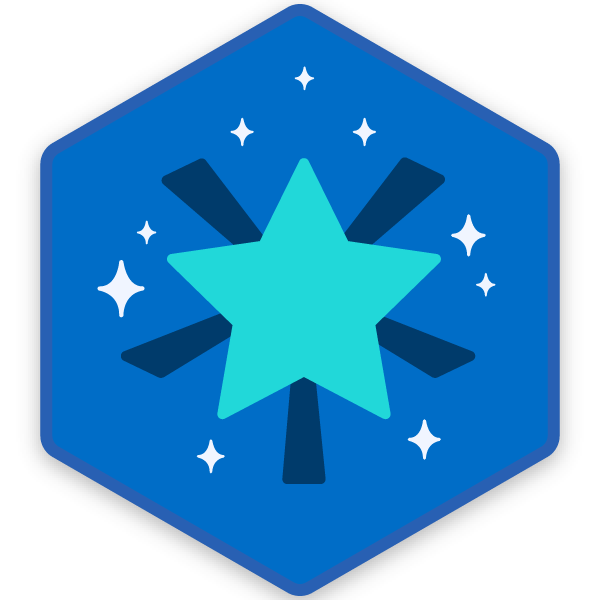For many GTM organizations, “customer success” lives at the far end of the lifecycle.
After the deal closes, the contract is signed, and the seller moves on to the next opportunity, that’s when the organization starts to think about customer value and success. However, the most effective organizations see customer success as a continuous consideration, not an end-of-the-deal afterthought.
Customer success teams hold the key to accelerating every future sales cycle. When their insights feed back into the deal cycle, those learnings bring relevance and value into every sales conversation, building trust and increasing the likelihood of conversion.
“Customer success helps you understand your customers and dive down into them to understand how to build on the front end of the customer life cycle,” said Marja Moore, director of customer experience at Crayon.
This value-first approach is key to transforming happy customers into growth levers. To prioritize value, organizations can focus on three key shifts:
Lead with value from the first conversation
Too often, go-to-market motions leave customer success out of the loop until the deal is signed. Ideally, the function is involved from the very beginning as an insight engine shaping better conversations.
Customer success offers a line of sight into market intelligence. GTM leaders that tap into it gain a feedback loop that informs everything from targeting to messaging. It’s a source of real-world proof of what works—what kind of customers adopt quickly, where value is realized fastest—that can easily become a blueprint for the next sales cycle.
Still, sales culture can unintentionally work against this.
“Sales and sellers can be motivated by the shortest route to closing,” said Julie Cecilio, vice president of revenue enablement at Crowdstrike. “Oftentimes that doesn’t drive the right behavior, such as expansion behaviors. We want to make sure we’re thinking long term.”
While it’s natural to prioritize deals, pre-sales teams benefit from approaching every sale through the lens of value.
Sure, closing a deal may yield short-term returns. But think about the long term: If the customer churns due to unrealized value, that can directly affect the business in the long term. Lost revenue, unhappy customers, and poor reviews that sour deals down the road—they’re all the consequence of a pre-sales cycle that doesn’t consider customer success.
Consider the reverse: If pre-sales teams focus on value realization from day one, every new customer brings an understanding of what to expect and is poised to achieve success.
Make customer success a cross-functional effort
Delivering customer value is a team sport, and every function that influences the buyer or customer experience needs to be on the field. Marketing, enablement, and sales can’t sit on the sidelines; they need to be just as involved as the customer success teams leading the charge.
“If we can help enable our sellers, partners, and customer success teams on what the buyer has to go through and what the buying journey looks like, we’ll just be more successful,” said Rick Kickert, co-founder of revlogic.
When organizations enable cross-functional teams with the same clarity that sellers receive, they ensure that every team’s output reflects the challenges and opportunities buyers face.
- Marketing can build content with buyers’ needs in mind
- Enablement can create programs that help reps lead with value
- Sales can help prospects understand what’s possible with their solution
- Customer success can streamline the handoff process and build on a strong foundation
At every turn, the go-to-market motion reinforces value. From a prospect perspective, it deepens their understanding, builds trust, and sets them on a success trajectory. Organizations that take a customer-first approach are better positioned to meet prospects where they are, then help them realize value across their lifecycle.
“It’s not about you,” said Kate Munday, creative business partner at Google. “It’s about your audience and how you can help them.”
When everyone is equipped to articulate value in the same way, prospects and customers alike undergo a seamless journey from first touch to expansion.
Turn value into expansion revenue
When customer success can clearly demonstrate the impact of your solution, expansion becomes a natural next step rather than a new sales motion.
This is the essence of a strong value methodology. Customer success doesn’t just measure adoption; it builds evidence of success that reps can use to shorten future cycles and reduce acquisition costs. Each renewal or cross-sell becomes faster and easier because the proof already exists.
“I align with the customer success team to make sure that we have a smooth handover but also to gather feedback on what a successful customer looks like,” said Elena Beletsioti, revenue enablement manager at Yokoy.
By codifying those success stories and embedding them into enablement programs, GTM teams create a loop where every customer win informs the next. Success becomes self-reinforcing: The more value the organization drives with existing customers, the more growth it can drive through net-new and expansion revenue.
At its best, this becomes part of the organization’s culture, reflecting a collective commitment to long-term outcomes over short-term gains.
“Help customers understand what success could look like,” said Cecilio. “At the end of the day, that’s what we’re trying to do: help other organizations achieve their goals.”
When every function, from sales to enablement to customer success, operates with that shared intent, expansion revenue becomes a byproduct. The first sale becomes easier and so does the next one—and the one after that.
Give customer success a seat at the table
Customer success is its own strategy.
When the teams most in touch with customers have a seat at the table, the entire go-to-market engine benefits. At its best, the function acts as a living system that continuously learns from every win, every adoption, and every outcome—generating insights every organization desperately needs.
The end result is higher retention, improved expansion outcomes, and endless customer proof to fuel the pre-sales motion. With every turn of the wheel, the GTM motion strengthens, and every customer win becomes one for the business.









